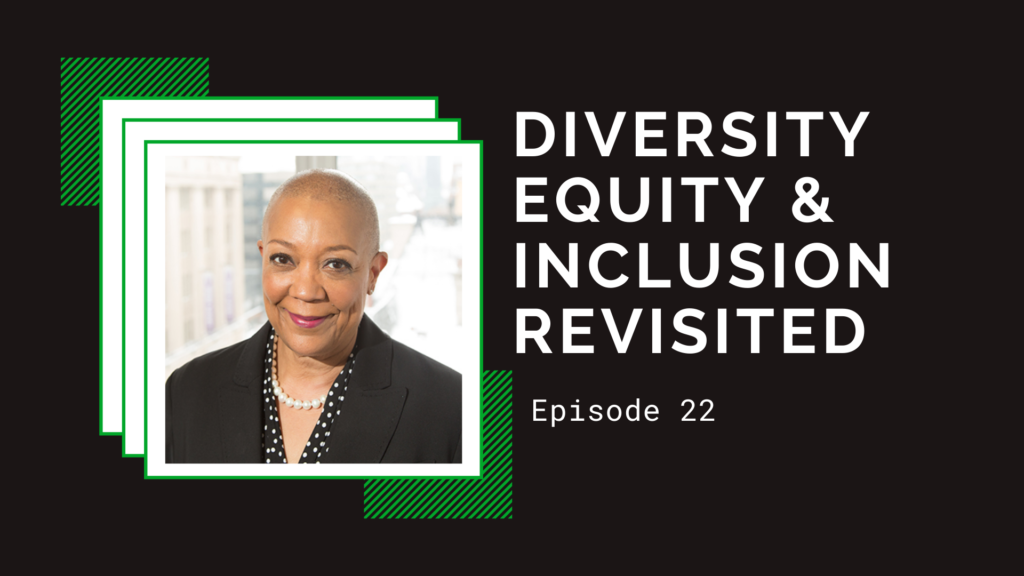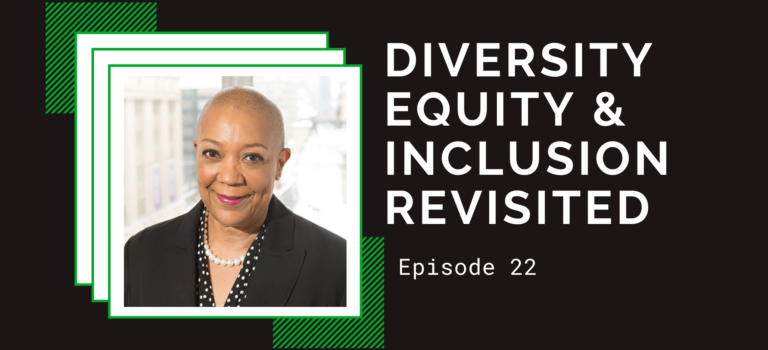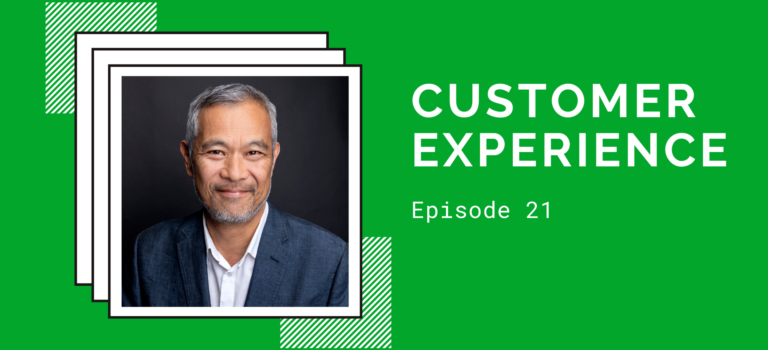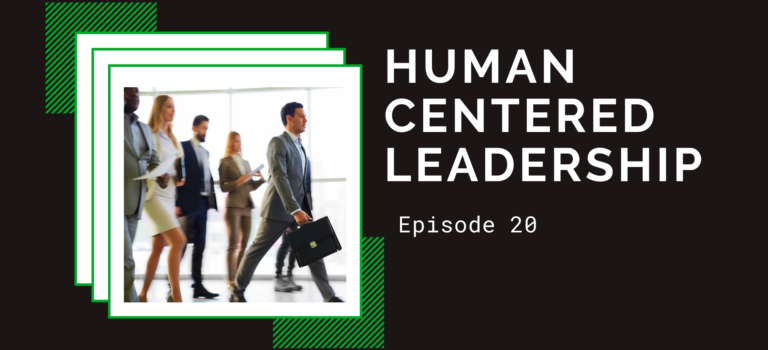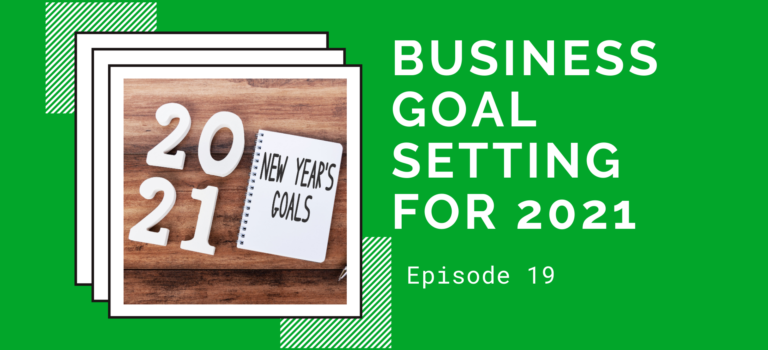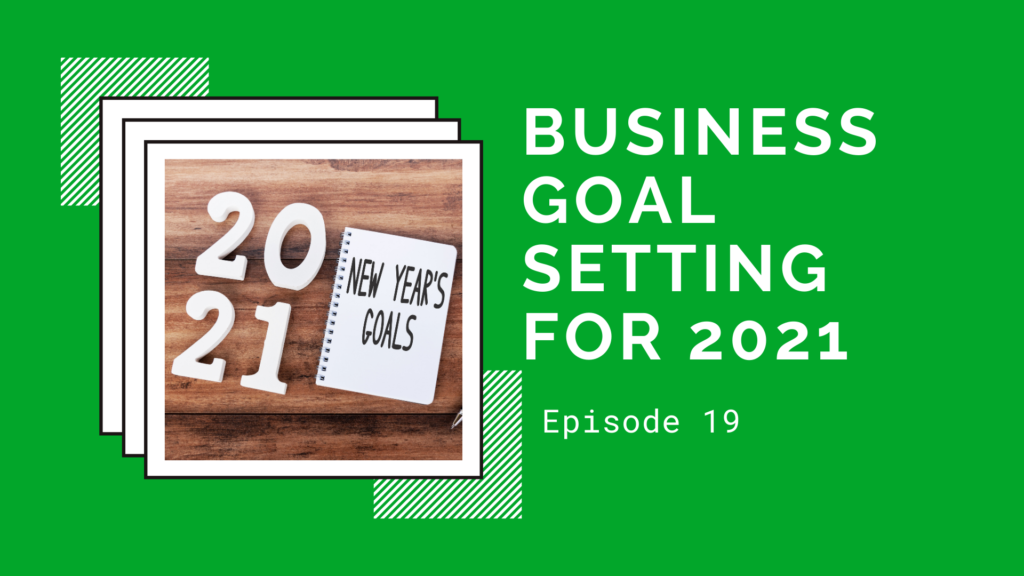Is Customer Experience Strategy More Than a Trend?
This week on the OT KungFu Podcast, we spoke with Ray Kong about customer experience strategy. Ray is a seasoned marketer and strategist with over twenty-five years of experience in consulting at the executive level of major Canadian corporate institutions, currently working with clients in a number of different sectors in customer experience strategy, brand development and measurement, and operational improvement.
He served three years as an adjunct professor at York University in Toronto, and he speaks regularly at consumer-to-consumer events and marketing organizations.
What does it mean for an organization to be customer-led?
In January 2020, Harvard Business Review put out an article about the need to emphasize the importance of measuring and managing the worth of your customer, however most organizations undervalue the power of the customer experience, focussing on and succumbing to the pressures that companies have concerning profit. Profit led decisions often to the shortchanging of customers.
When people are really focused on the quarter, it can erode loyalty and reduce the value that customers actually create for the business. It’s kind of counterintuitive. This research shows that loyalty leaders, the ones that focus and measure customer loyalty, actually grow two and a half times faster than their peers in the industry. So, why don’t all organizations lead with customer-first strategies?
Ray believes it’s not because they’re being malicious or that they don’t care about customers, but rather it’s done relatively unconsciously. It’s not a natural behavior to consider customer experience as a strategy. This is why he loves the Kung Fu analogy for the podcast because it requires discipline to do something which is unnatural or counter-intuitive.
There are reasons to look elsewhere for strategies. Reasons such as time, energy, legacy, and infrastructure. Not to mention that MBA Students learn about providing value to their shareholders not about being customer-led or customer focused.
Every organization has its own unique set of circumstances, or excuses, for not being customer-led, which means it’s important to recognize what those might be and deliberately begin to make change.
Everybody seems to have a balanced scorecard strategy, and a big piece of that strategy map is focused on the customer. So the question becomes should an organization apply the same weight to all strategies and the answer is no, the weightings should be and need to be different for each unique company.
What needs to happen to be truly customer-led?
In some ways, it’s about being more extroverted looking from the outside in than the inside out. It’s easy to say, but when you actually put that into action, everything vastly changes. It’s very, very different.
Many people ask:
What’s the first thing that you need to do in order to be more customer-led? What’s the one simple step?
Ray recommends hiring somebody off the street, having them experience your organization in the way that your customers do, and then talk to them in-depth about their experience. A customer experience strategy really does mean experiencing, and driving your decisions based on how your customers, your stakeholders, your members, and your employees experience your organization and then by making educated changes based on their feedback.
How do you measure a customer experience strategy?
Loyalty is a popular measure, as measured by a recommendation, but that’s an outcome. That’s not an input. The most common complaint we hear is “our score is going down, but we don’t know why or what to do about it.”
The truth is, there are lots of different kinds of loyalty, but in the end, it’s more about when you measure it, and how you measure it. Many organizations measure the wrong thing, at the wrong time, at the wrong cadence, and they end up getting frustrated.
If an organization really does need specific information for really good reasons, efficiency and speed of average handling time, for example, you need to balance that off with the experience.
This might sound a little bit alien to smaller organizations, ones that are naturally service organizations because they’re typically more attuned to what their customers are looking for and to their customer experience. But even then, having a third-party or external view of how your customers experience your brand is very insightful. It is important to note that being customer-led doesn’t necessarily have to lead to big, expensive fixes, they can be small and be extremely impactful.
What is Journey Mapping?
A journey map is starting with the task and running it through from the perspective of the customer to understand the positives, the negatives, and the roots of truth.
The temptation, and what organizations tend to do, is try to do everything. Instead, to start the journey towards becoming more customer-centric or more experience-led, pick one journey and run through the journey map. Then, identify what needs fixing, fix it and then move on to the next one.
When choosing where to start, pick what you believe to be the most important thing you offer, or do for your customers, or the most important strategy for the organization. . Maybe you want to attract new customers. This is a very popular starting point. What is the new customer journey and onboarding process? How do people go from being somebody who doesn’t know your brand to becoming a customer? Start by looking at that process from the customers perspective and then move on from there.
So many organizations are trying to boil the ocean. They’re just trying to do too much.
5 Things to Consider
According to Ray, here are the top five things to consider when assessing your customer experience strategy:
- Being customer-led is a philosophy, not a thing. It is a way of thinking, not a number of activities.
- Start with the long-term, start with the journey map, and go from there. Don’t start the process if you’re not ready to be in it for the long-run.
- Don’t be in it for the flavor of the month, because the flavor of the month isn’t going to help you.
- Get a third-party look at your organization. Don’t use your executives.
- Always remember it’s an unnatural act. It doesn’t come naturally to organizations, so you need to be persistent.
Strategies work when they’re top-down, bottom-up, side-to-side, and everybody buys into it. Understanding the need for the change in philosophy and how it transcends through the organization is the first step.
Ray is on Sandi’s team, so if you’re interested in learning more about this, find Ray and Sandi at Satori Consulting inc. Don’t be afraid to put your questions out there: this is the future of business and a key piece to a successful growth strategy.
From more conversations and examinations of current movements in business management, you can also visit Management Possible.
Jen is the owner of Management Possible® focused on training and coaching multi-level management and leadership individuals and teams nationally and globally. Sandi is the owner of Satori® Consulting inc. a global consulting firm focused on helping organizations solve complex problems in strategy, leadership and governance.
